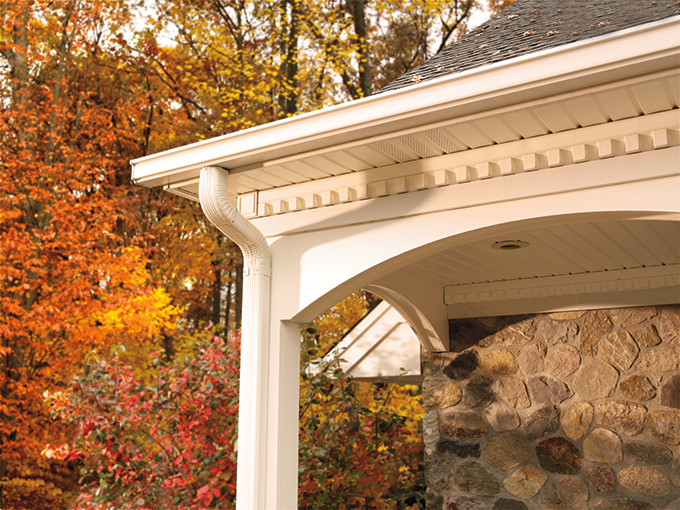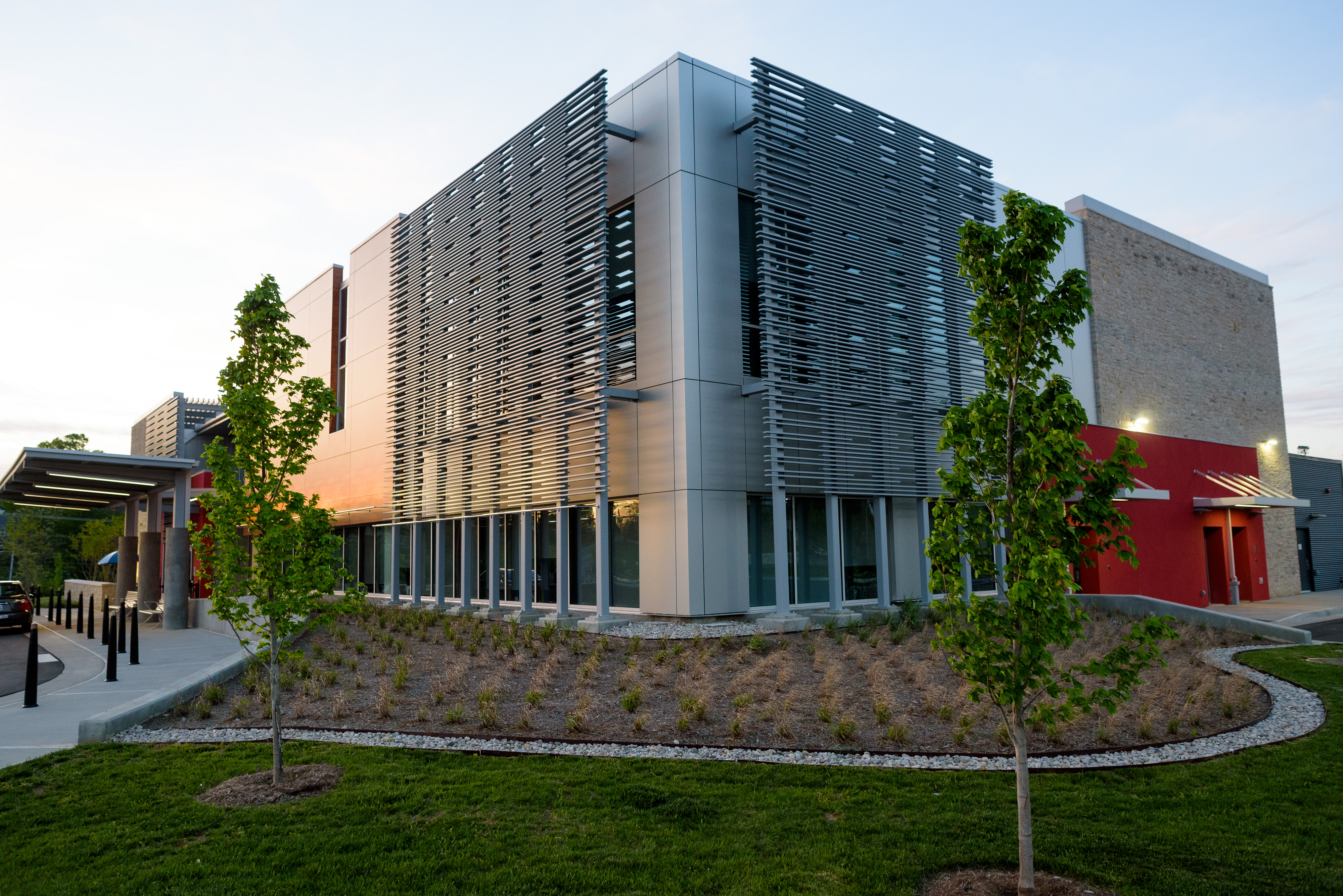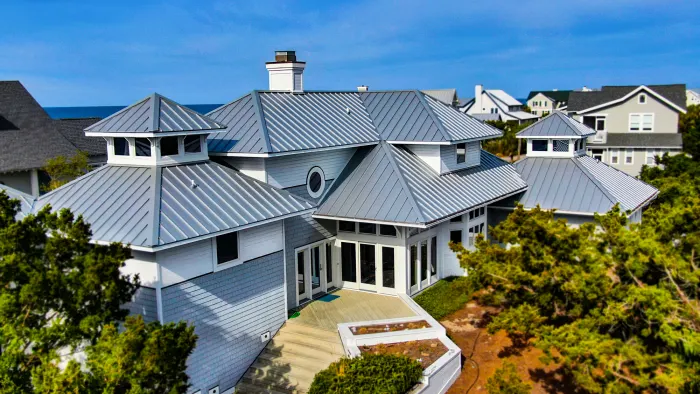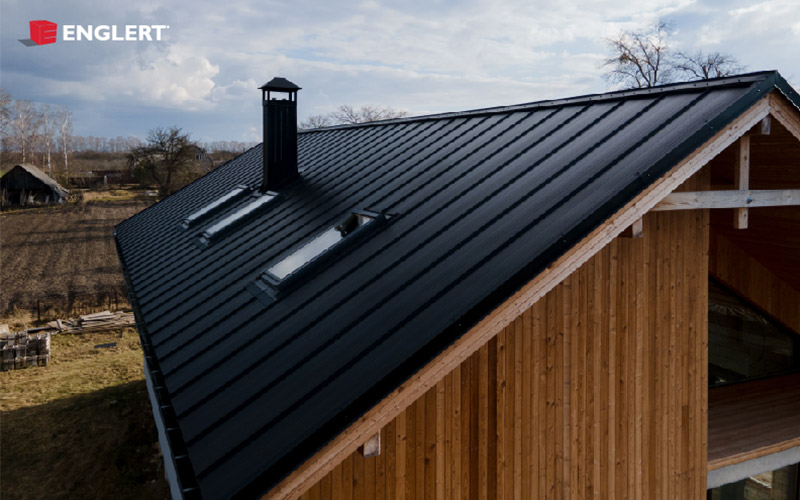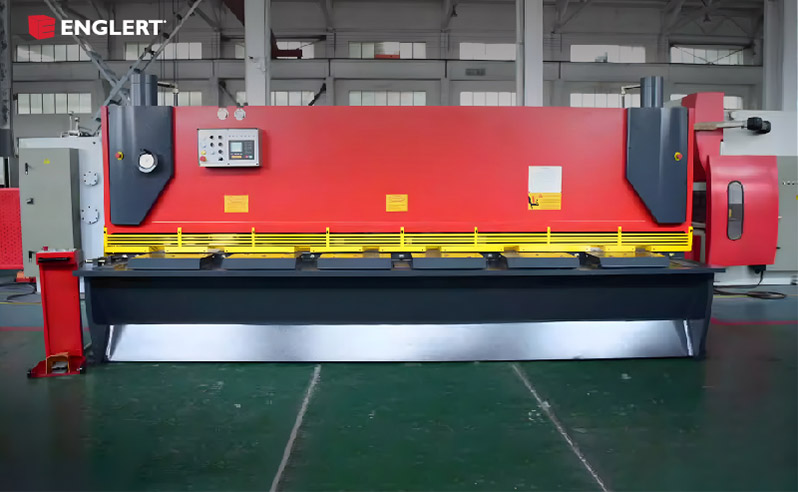Why Should I Choose A Metal Roof In Snow Country?
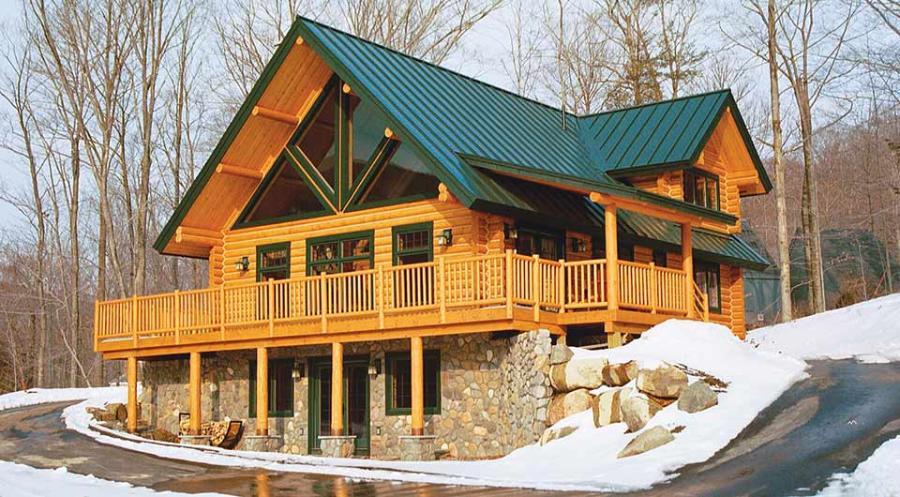
What is a Metal Roof?
A metal roof is a durable roofing system made from materials like steel, aluminum, copper, and zinc, known for their longevity and robustness. These roofs are highly adaptable, making them suitable for a range of commercial projects from small shops to large industrial complexes.
Available in various styles such as panels and shingles, metal roofs offer flexibility in design while providing significant weather resistance and durability.
For commercial applications, metal roofing is valued for its energy efficiency and sustainability. It supports environmental certification goals and reduces long-term operational costs, making it an ideal choice for businesses focused on eco-friendly practices.
What are Metal Roofs Made of?
Metal roofs are crafted from several different types of metals and alloys, each offering unique qualities and benefits:
- Steel
- Aluminum
- Copper
- Zinc
What Are The Types Of Metal Roofing?
Metal roofs are a popular choice for both residential and commercial buildings due to their durability, longevity, and a broad range of aesthetic options. Here we explore four major types of metal used in roofing: Steel, Aluminum, Copper, and Zinc.
Metal roofs are crafted from materials such as steel, aluminum, copper, and zinc. Compare steel and aluminum for metal roofing projects.
What are the benefits of a metal roof in snow country?
Metal roofing is an excellent choice for commercial construction due to its numerous advantages over traditional roofing materials.
Longevity
Metal roofs are renowned for their durability, typically lasting 40 to 70 years, depending on the material. This longevity surpasses that of traditional roofing materials like asphalt, which often requires replacement every 15 to 20 years.
For businesses, this translates to fewer roof replacements over the life of a building, reducing long-term capital expenditures.
Safety
Metal roofs are non-combustible and carry a Class A fire rating, the highest available.
This feature significantly reduces the risk of fire spreading, which is a critical consideration for commercial buildings. Enhanced safety can lead to lower insurance premiums, providing financial incentives for businesses.
Energy Efficiency
Metal roofs reflect solar radiant heat, which can reduce cooling costs by 10-25%.
This property not only makes metal roofs environmentally beneficial but also offers ongoing cost savings for businesses through reduced energy expenses, an appealing factor in both hot and cold climates.
Lightweight
The lightweight nature of metal roofing puts less stress on building structures.
This attribute can be particularly beneficial during new construction or when retrofitting older buildings that might not support heavier roofing materials without structural modifications.
Environmentally Friendly
Most metal roofing materials are made from 30-100% recycled content and are 100% recyclable at the end of their lifecycle.
For businesses looking to improve or promote their environmental stewardship, metal roofing is an attractive choice that aligns with sustainable building practices.
Low Maintenance
Metal roofs require minimal maintenance compared to other roofing types. They do not crack, split, or erode to the extent that other materials do over time.
This low-maintenance aspect can significantly reduce the cost and operational disruptions typically associated with roof maintenance.
Increased Property Value
Installing a metal roof can increase the value of a property due to its modern appearance, durability, and energy efficiency.
This is particularly advantageous for commercial developers looking to sell or lease spaces as it can lead to higher property values and rental rates.
Weather and Fire Resistance
In addition to excellent fire resistance, metal roofs are designed to withstand severe weather conditions such as high winds, heavy snow, hail, and even hurricanes.
This robust weather resistance minimizes the risk of damage during extreme events, ensuring business continuity and reducing repair costs.
Fast Installation
Metal roofing materials often come in multiple-shingle sections or in wide panels that can be installed quickly. Faster installation helps reduce labor costs and minimizes the time that business operations are disrupted due to construction.
What is the best roof for a snow country?
The best type of metal roof for snow country would typically be a standing seam metal roof.
Related Link: "Find out why standing seam roofs are the best for snow".
Metal roof snow guards vs snow rails
Frequently Asked Questions
Why use snow guards on metal roofs?
Snow guards are used on metal roofs to prevent large quantities of snow from sliding off suddenly, which can pose a hazard to people and property below.
They allow snow and ice to melt gradually and drop off in small amounts rather than large, dangerous sheets.
This is especially important in pedestrian areas, entrances, and where snow sliding off a roof can block exits or damage lower structures.
Are metal roofs good for cold climates vs hot climates?
Metal roofs are excellent for both cold and hot climates:
- Cold Climates: They shed snow and ice quickly, preventing ice damming and heavy snow loads. Metal's insulating properties can also help keep buildings warmer.
- Hot Climates: The reflective properties of metal roofs can significantly reduce cooling costs by reflecting heat away from the building instead of absorbing it like some materials.
How much weight can a metal roof hold?
The weight capacity of a metal roof depends on the specific material and construction, but generally, metal roofs can support a significant amount of weight.
They are designed to withstand the weight of heavy snow and ice accumulations common in winter climates.
Steel roofs, for example, can typically support between 20 to 50 pounds per square foot before requiring reinforcement, which is well above the weight of most heavy snowfalls.

